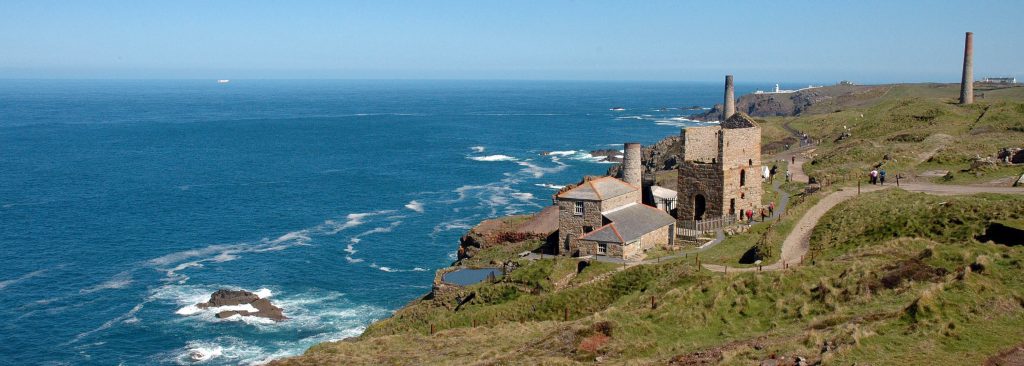 Around the turn of the 20th / 21st century two men with a keen interest in the subject and a wealth of knowledge aimed to bring together data on all non-rotative pumping engines working on the Cornish cycle, that were ever made, with data on all the sites where they worked.
Around the turn of the 20th / 21st century two men with a keen interest in the subject and a wealth of knowledge aimed to bring together data on all non-rotative pumping engines working on the Cornish cycle, that were ever made, with data on all the sites where they worked.
With the much of the data coming from Ken Brown in the UK and using the IT skills of Jan Verbruggen in the Netherlands they created a database which covered 1,656 Engines, 102 Engineers, 58 Foundries, 2,308 Sites and 1,821 cross-reference records linking the Engines to the Sites where they worked. The database had a variety of search and display facilities for easy access to the data. It was written to run on a database system popular on DOS based machines at the time. Sadly Ken and Jan are no longer with us but Jan’s son was eager to preserve the database and to make the data available to researchers today.
The present AIA Webmaster was happy to take on the challenge of transferring the data into a modern database system and to create a web user interface which provides facilities to search and display the data.
Today there are many excellent sources of information about Engines, Sites, Engineers, Foundries etc. to be found on the internet but probably none which put together the data about this topic to give such an in-depth presentation.
Already the information in the database is being expanded. For example, in the original data the Foundry entries had no associated geographical data. Working together with Michael Messenger the Webmaster has added this information for many of the Foundry entries and is continuing to complete this task and is also adding links to more contemporary sources of data now available on line. Links to information about the Sites is also being added.
You can access the database here: Cornish Engine Database
If you have any comments or questions you can enter them below or contact the Webmaster on: webmaster@industrial-archaeology.org

4 Comments
E-1433 of 48 inch x 8 ft. made by R. & W. Hawthorn for Goldthorn Pumping Station Wolverhampton. Correct.
E-1439. Hathorn Davey for Goldthorn Pumping Station. Not correct. Wrong location and not supplied to this pumping station.
Only the E-1433 was at Goldthorn and replaced by an Evans pump. E-1433 later to Tettenhall Pumping Station.
Engine house at Goldthorn still stands but derelict.
Many thanks for the update, I have updated the database with your comments and amended the location for Goldthorn Pumping Station. I have also updated the entry for Tettenhall. In both cases I have also added a Google Streetview image and a link to the relevant HistoricEngland listing entries. If you have any further information about any of the Sites in the database please do not hesitate to get in touch. Bill Barksfield webmaster@industrial-archaeology.org
Engine Number: E-0827, was the “Darby” rotative Blast Furnace blowing engine, the largest of its double acting type in the world built at Penycae Furnaces Ebbw Vale. The steam cylinder was 72 inch and blowing tub 144 inches, it suffered early crankpin failure ( said to be due to Perran forge hammer size) and had a new wrought pin fit and then a compressed steel pin a few years later, it ran for 50 years and closed in 1922 and was scrapped, its engine house demolished in 1980, I have many more details. My home town had at least 5 Cornish pumping engines and an 80 inch at Abercarn to the south. and I am trying to trace them, many I think from Neath Abbey, the ironworks could make its own too I surmise. Where second and Third hand engines went to is the key.
Thank you for update, I have added your note to the engine description. If you have any further information about any of the Sites in the database please do not hesitate to get in touch.